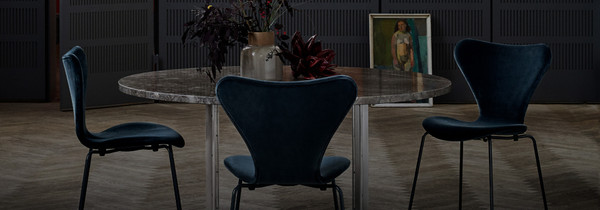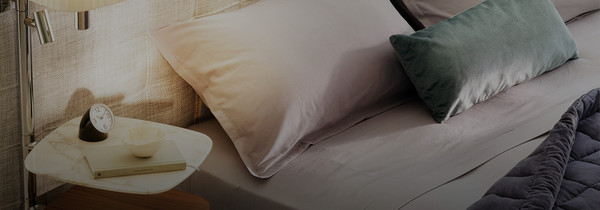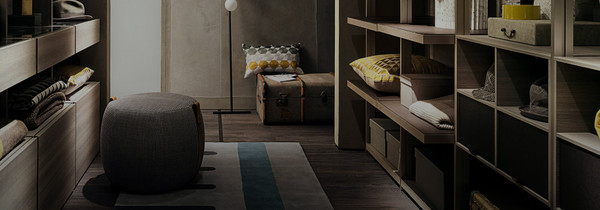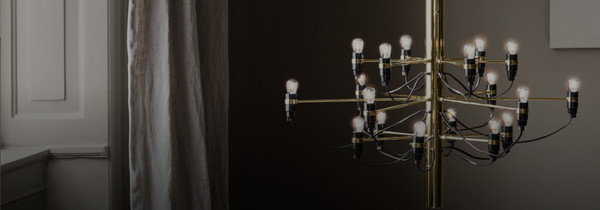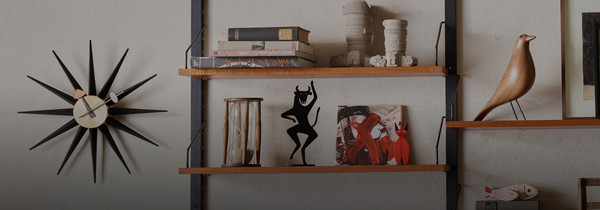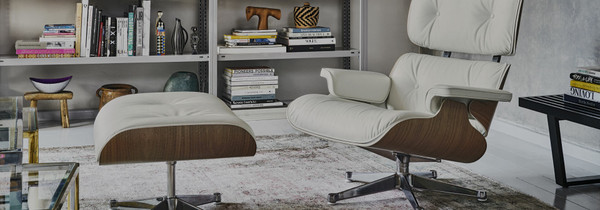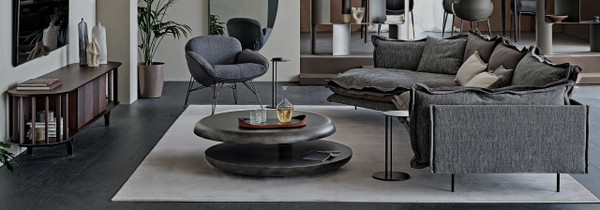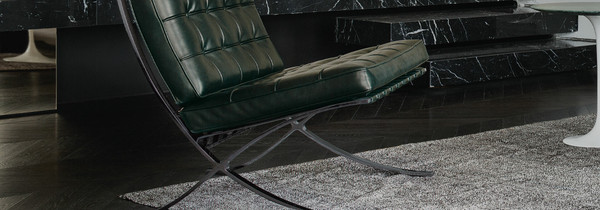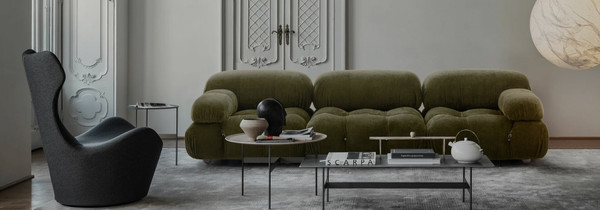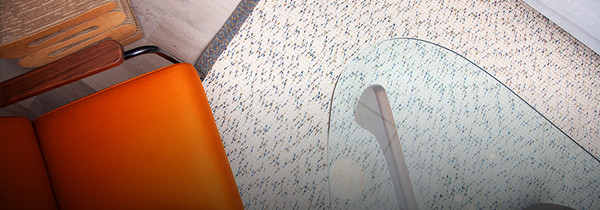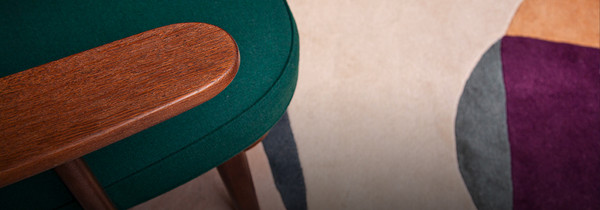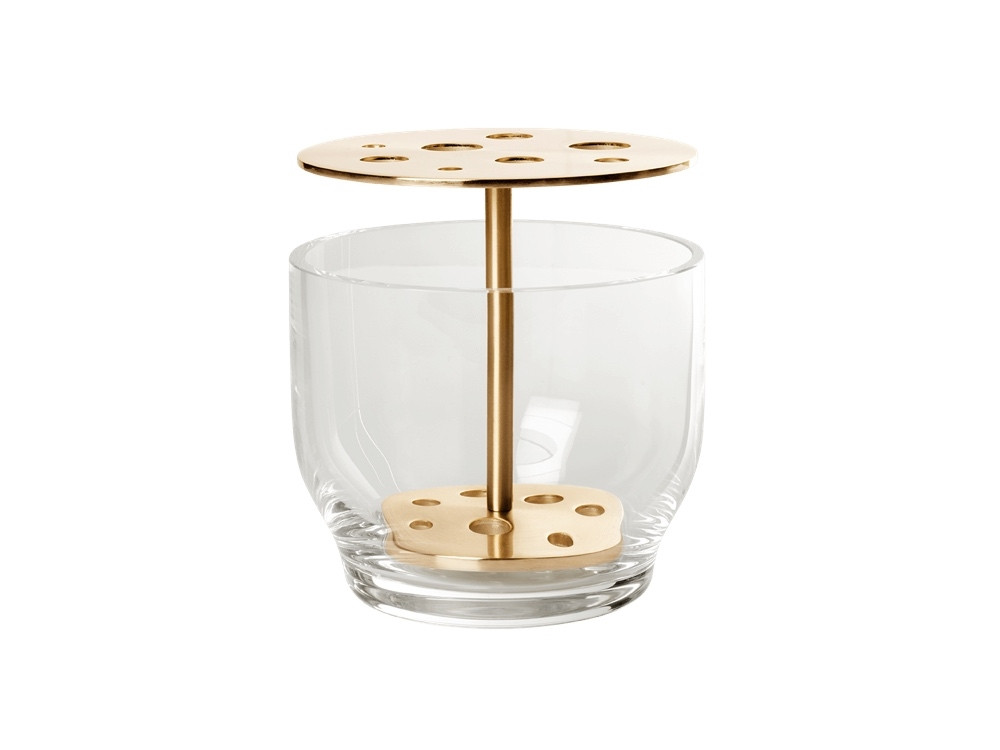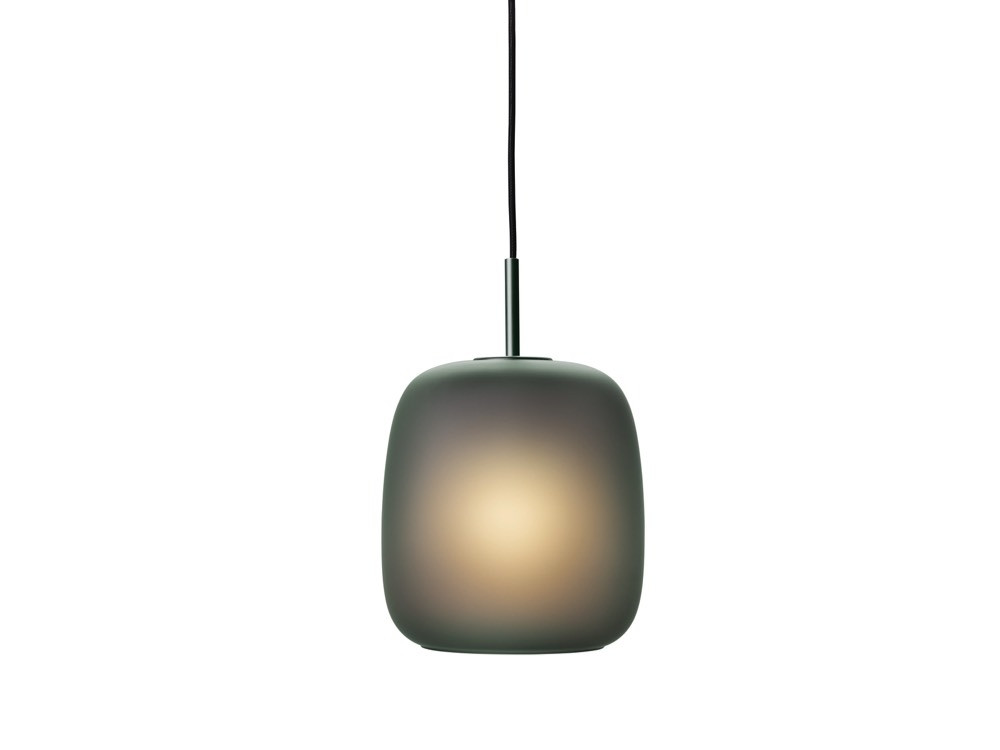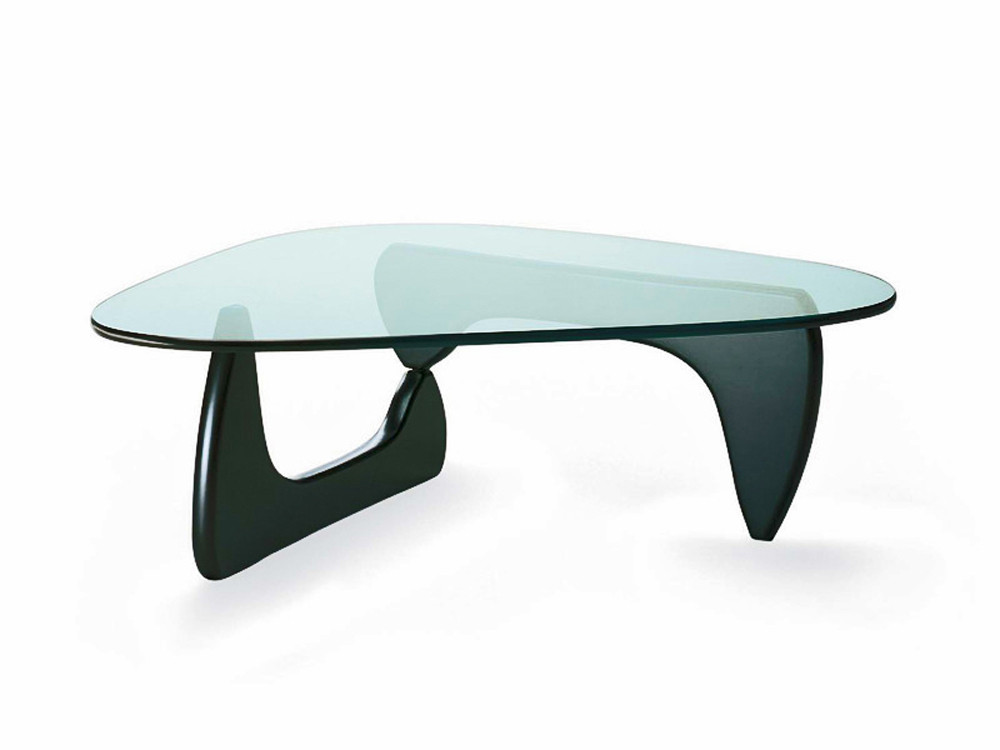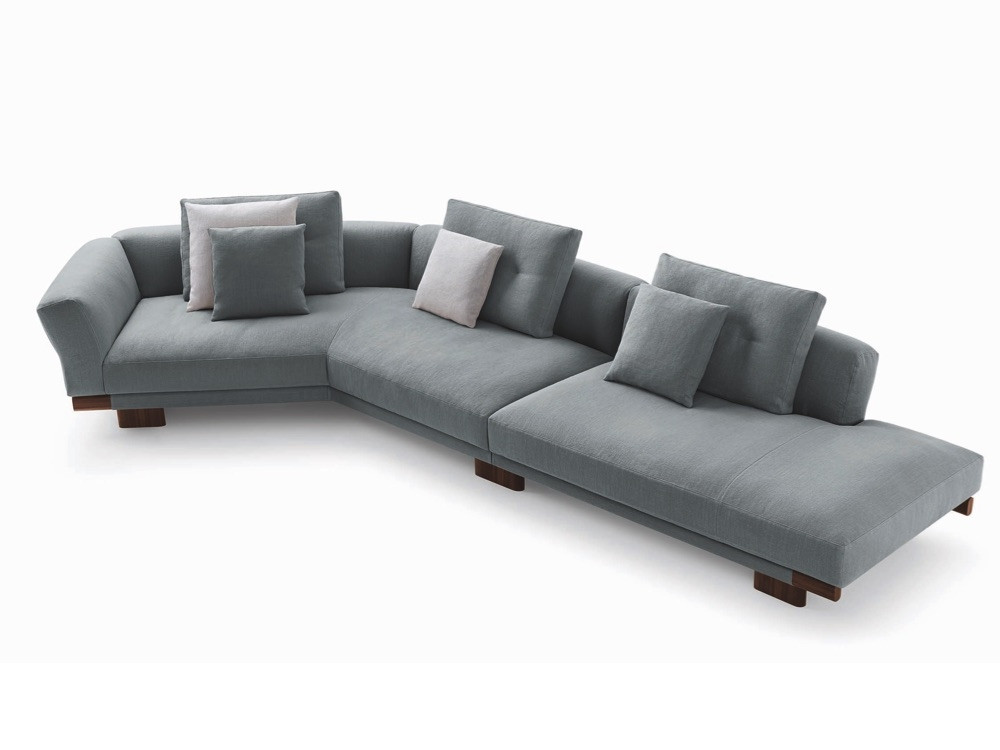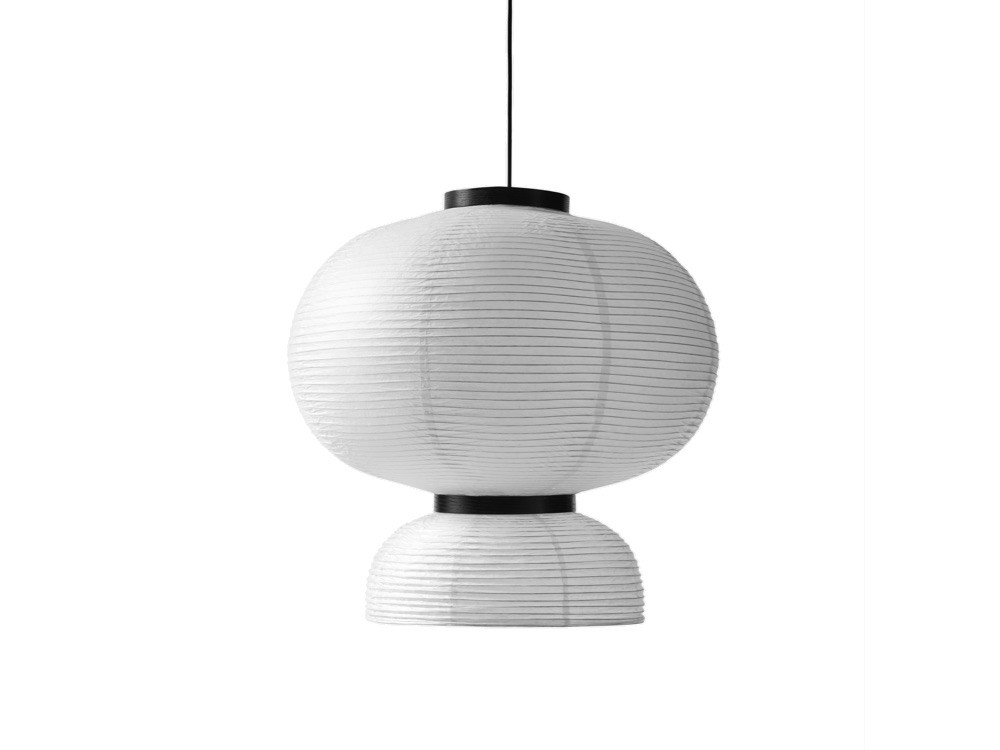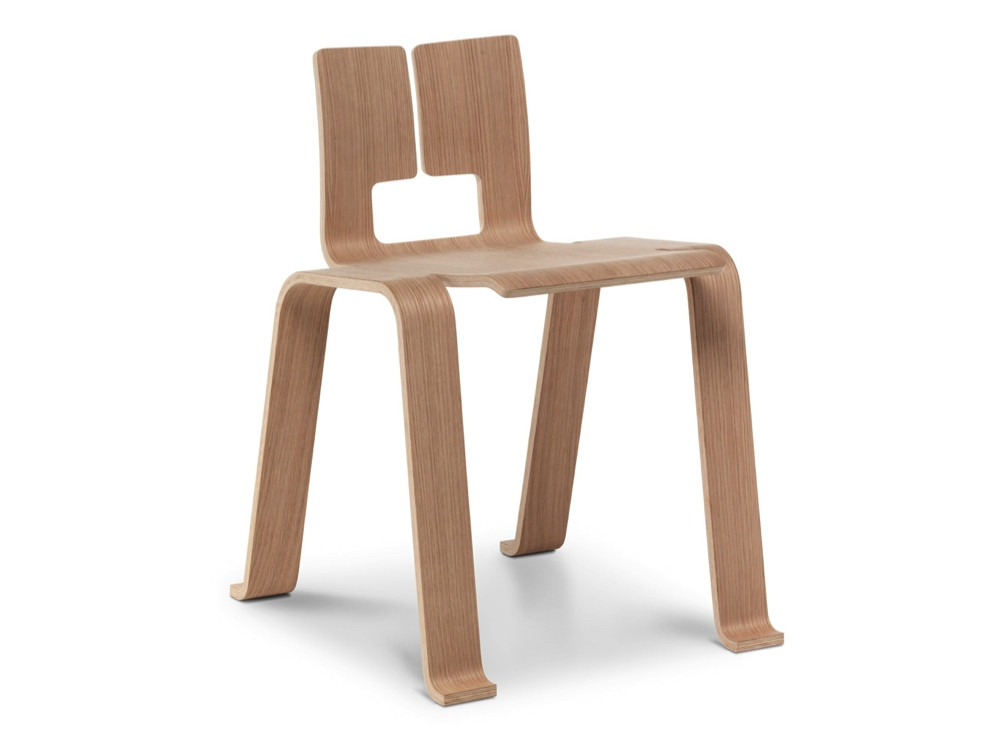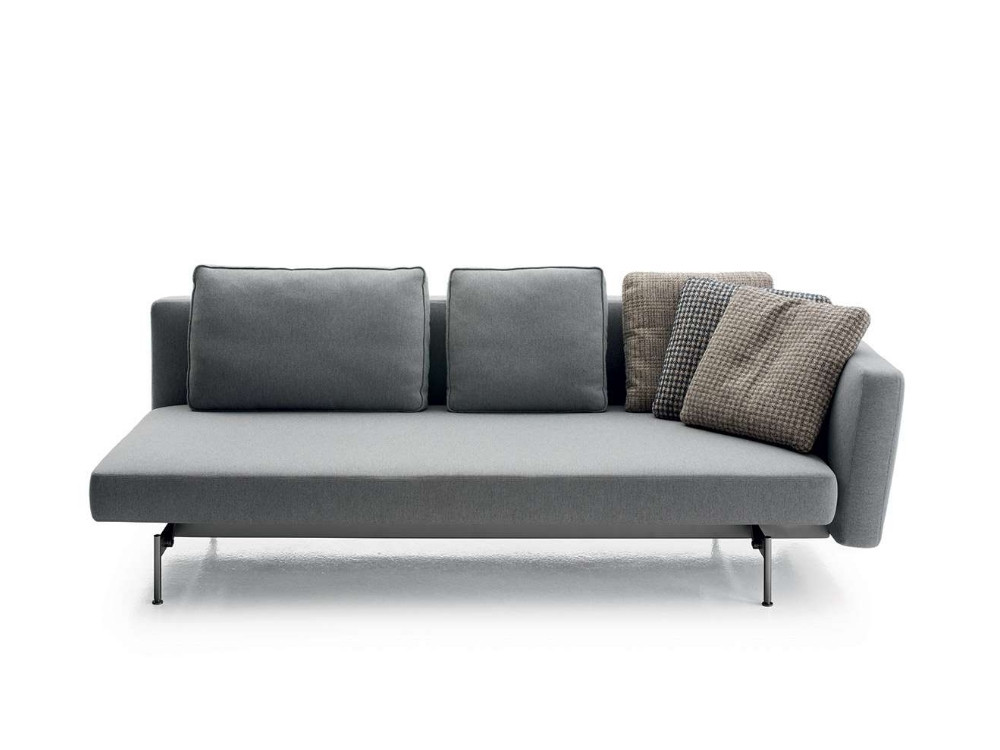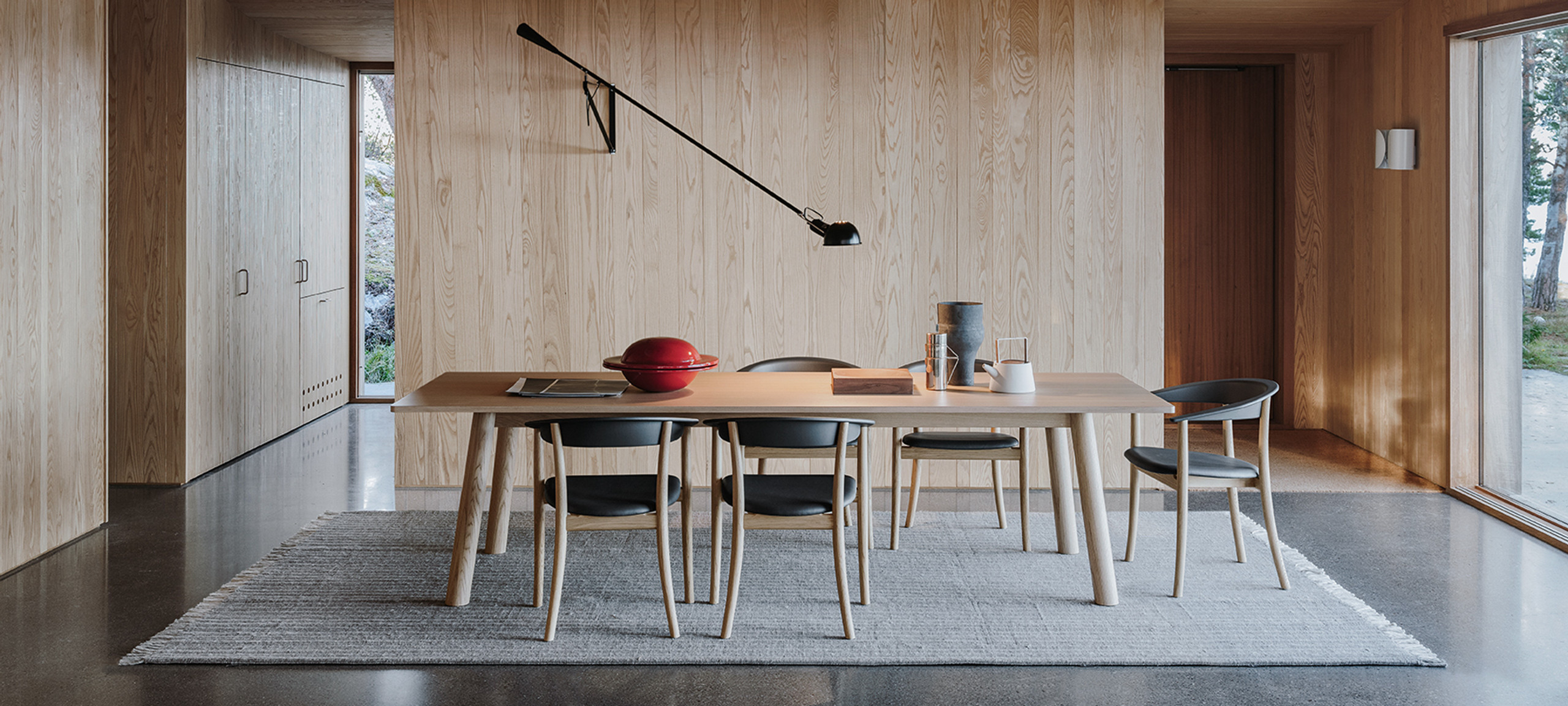
The Monastic Appeal of Japanese Interiors
It’s been likened to a quiet storm. The type that doesn’t rage but whispers, making it’s way across the ocean in waves. Far too ancient to be considered trendy, Japanese influences are nevertheless impossibly current. At once a portal for beautiful aesthetics, and a more serene way of living.
How one culture came to embody such ideals is explored by Joy Hendry in her seminal essay, Wrapping Culture.
“In Japan, there is a certain power attached to the condition of being enclosed. Ascetics who shut themselves away were said to gain spiritual power, a concept known as utsubo."
Joy Hendry
While utsubo initially only applied to a handful of Zen philosophers, it soon trickled into the wider culture, leading to a reverence of life indoors and a more thoughtful approach to the way we design interiors.
“What resulted were homes that speak to the soul and seem to hold time still… a quiet simple base from which to deal with the world.”
Geeta Mehta, Japan Style
Today, many Japanese homes are distinguished by a sense of lightness. Dining room furniture is characterised by open lines that encourage conversation while ethereal paper lanterns provide a halo of luminosity overhead. In these soft and soulful spaces, sharp edges are few and far between, replaced by rounded silhouettes that seem to have been worn down by the passing of water or time.
Such soothing overtures can be plainly felt in our own pantheon of design. In 2020, Moroso brought forth the Gogan sofa: a smooth behemoth that in name and nature recalled the protective pebbles placed along Japanese riverbanks. And just last year, Patricia Urquiola has brought forth new additions to the Sengu range — a collection of lounging and dining furniture that draws on the sacred materials found in Shinto temples.
In their unsual shapes and silhouettes, they remind us that while homes will rarely achieve an objective notion of perfection, they can aspire to a certain degree of soulfulness, achieved through the use of a rich material palette and the emotions they evoke.
While homes will rarely achieve an objective notion of perfection, they can aspire to a certain degree of soulfulness.
It’s an idea that even extends towards some of the more traditionally bulky items of furniture. In the hands of designers like Isamu Noguchi and Naoto Fukasawa, beds, lounge chairs and coffee tables seem to float above the ground, working to maximise the impression of comfort and space.
Journalist Marilena Sobacchi has described this new lexis of lightness as a concentration of expressivity in minimal form. We like to think of it as the ability to say a lot with a little. In the subsequent absence of ornamentation, there is room to think. An idea that Marie Kondo has since popularised in her bestselling series The Life Changing Magic of Tidying Up.
“When your room is clean and uncluttered, you have no choice but to examine your inner state.”
Marie Kondo
Nor is the search for levity directly restricted to interiors. As the news cycle intensifies, downloads of meditation apps like Calm and Headspace have reached fever pitch. So too, has the demand for a new type of influencer, the kind that advocates buying once and buying well over an endless cycle of materialism.
Transcending the Zeitgeist in 2022 will naturally look different for everyone. But there’s something rather endearing about the idea that calm, stillness and serenity can become the house you live in. It’s in this arena that Japanese inspired-interiors excel. Championing intentionality over excess and stillness instead of clutter.










